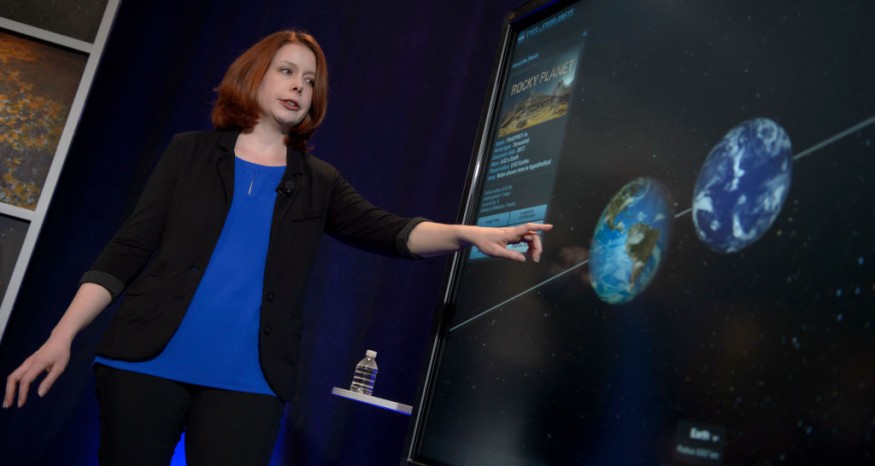In 2017, astronomers announced the discovery of a star system with seven planets that were largely comprised of rock similar to Earth. More so, the planets were said to have water accounting for 5% of their mass, which fuelled hopes that they might harbor extraterrestrial life.
However, MailOnline reports that recent observations from NASA's James Webb Space Telescope (JWST) showed that one of those planets, called TRAPPIST-1b, does not have an atmosphere that plays an integral part in life.

Why Does TRAPPIST-1B Not Have an Atmosphere?
The discovery dashes hopes that this interesting world may support life. But there are still six more Earth-like exoplanets in the TRAPPIST-1 star system, and now that Webb has demonstrated its capabilities to investigate them and learn more about these planets.
According to Space.com, the temperature of the planet TRAPPIST-1b was measured using the Mid-Infrared Instrument (MIRI) on the JWST. This planet is around 1.4 times the size of Earth and circles the TRAPPIST-1 star system's parent star closest of the seven planets.
As per the European Space Agency (ESA), Webb's discovery marks the first detection of any form of light in a rocky exoplanet, revealing the planet's daytime temperature that is about 446 446 degrees Fahrenheit (230 degrees Celsius). Astronomers said that the temperature is just too high for an exoplanet to have an atmosphere.
Astrophysicist Thomas Green from the Space Science and Astrobiology Division at NASA's Ames Research Center, who also led the observations, told Space.com in an email that he hoped for a different result even though some theories predicted that the exoplanet could not have an atmosphere. He said that he was more disappointed than surprised.
Moreover, this result is not a surprise given how close TRAPPIST-1b is to its host star that it can complete one revolution in just 1.5 days, receiving four times more radiation than Earth does. The information will help scientists learn more about the other exoplanets in the TRAPPIST-1 system whose habitability is still unknown.
TRAPPIST-1 System A Great Laboratory to Study Habitability Around M Stars
Astronomer Elsa Ducrot of the French Alternative Energies and Atomic Energy Commission (CEA) explains that terrestrial planets orbiting cooler stars are easier to study. Ducrot noted that the TRAPPIST-1 system is a great laboratory for studying the habitability around M stars, and they are the best targets scientists now have to look at the atmosphere of rocky planets.
The TRAPPIST-1 system was discovered in 2017. According to Science Alert, the seven rocky planets within it orbit a red M-dwarf star about 40 light-years away from Earth. Three out of seven of these exoplanets are said to be located in the habitable zone where it is not too close and not too far from their star.
Although the planets are closer to their star than in the Solar System, the host star is a red dwarf star, which is smaller, dimmer, and cooler than the Sun. That means the habitable zone is closer, but still, they are more violent and lash the space around them with solar flares.
TRAPPIST-1b is the first step in understanding how this could affect the star system. Despite the recent findings, scientists still hold out hope that the exoplanet could harbor a thick, dense atmosphere.
RELATED ARTICLE : Trappist-1 Planets Avoid 'Bombardment' Before; Is There Really Water in Those Exoplanets?
Check out more news and information on Space in Science Times.












